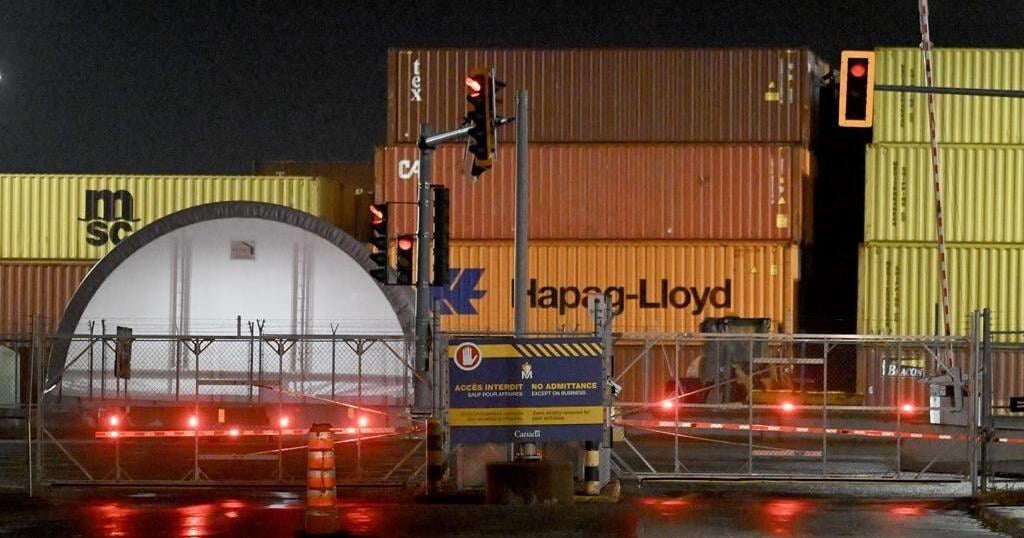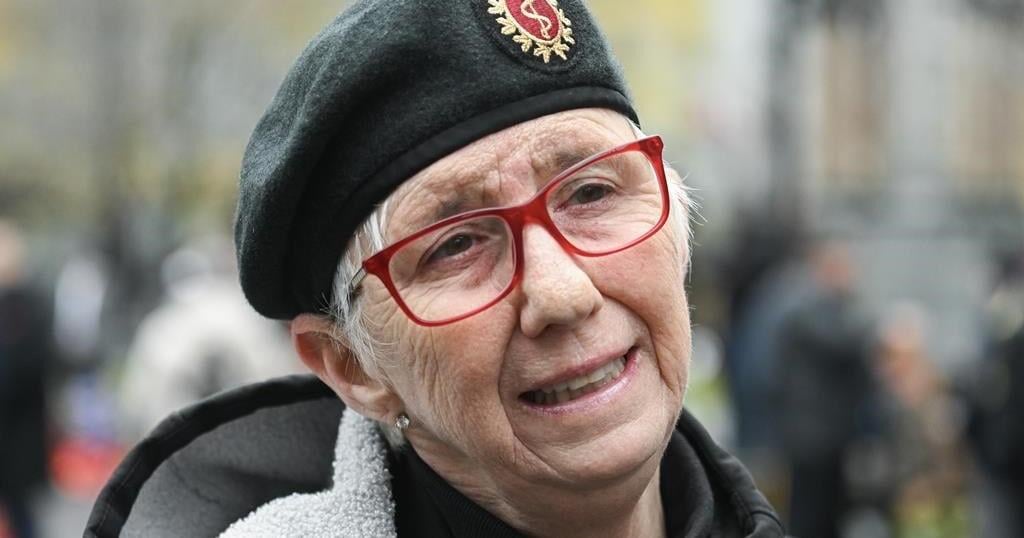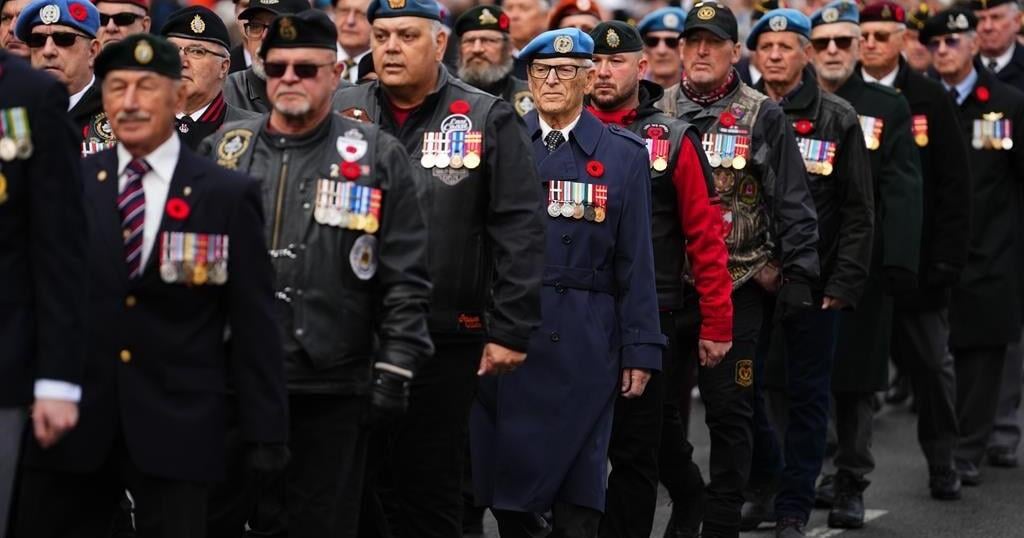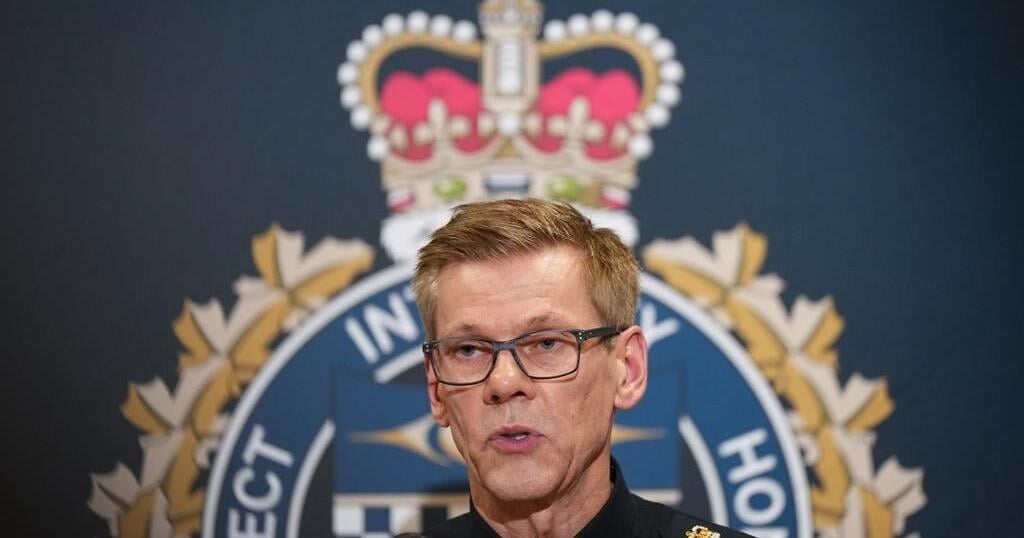Business groups are raising concerns about the broad effects of another round of labour disruptions in the transport sector as Canada faces shutdowns at its two biggest ports.
Canadian Manufacturers & Exporters president and CEO Dennis Darby said the twin work stoppages in Vancouver and Montreal come at a challenging time as businesses face a year-end crunch, while the U.S. election results have heightened the need to be seen as a reliable trading partner.
“We find ourselves in a very tough situation,” he said on Monday.
The shutdowns come after operations at Canada’s two main railways were halted in August until the government stepped in, while B.C. ports and the St. Lawrence Seaway were disrupted last year, leading Darby to say the country needs a new approach to the sector.
“We just can’t keep repeating this because it puts you at a disadvantage.”
He said the incoming U.S. administration will be about America first, and looking for partners who help drive its economy, so Canada needs to be especially aware of the wider implications of disruptions like this.
Between $400 million and $800 million per day in goods aren’t moving because of the strikes, creating risks throughout the economy, said Darby. Last year’s 13-day port strike in B.C., for example, noticeably cut into GDP growth, he said.
The disruptions will have more immediate effects on manufacturers relying on critical parts coming into Canada, he said, while consumers will feel it if it drags on.
The Canadian Chamber of Commerce estimates the total value of goods disrupted is even higher at over a billion dollars per day, said Pascal Chan, senior director of transportation, infrastructure and construction. He added that the twin port shutdowns also hurt the country’s reputation.
“With simultaneous disruptions underway at our largest East Coast and West Coast ports, we are effectively advertising to the world that Canada is closed for business,” he said in a statement.
Chan called on the government to intervene and put an end to the disputes.
Labour Minister Steven MacKinnon said last week that both sets of negotiations were progressing at an insufficient pace, while on Monday he urged all involved to work something out.
“The parties must understand the urgency of the situation and do the work necessary to reach an agreement. Canadians are counting on them.”
The Maritime Employers Association locked out longshore workers Sunday night after the unionized workers voted almost unanimously to reject a contract offer tabled last week.
The Port of Montreal said essential services will continue, with liquid bulk terminals and the grain terminal among those remaining open.
The shutdown in Montreal comes after a separate labour dispute halted container cargo shipping at British Columbia’s ports last Monday.
Negotiations in B.C. resumed on Saturday but talks were quickly cut off with no progress made, said the BC Maritime Employers Association.
Because grain shipments are not affected by the strikes, there is less political pressure to intervene, said Barry Prentice, director of the University of Manitoba Transport Institute.
But the shutdowns, coming as part of a string of disruptions, could hit longer-term investment decisions, he said.
“If you have a reputation of being unreliable, then that’s not good for people wanting to think about investing in this country or doing business with this country.”
Port of Montreal chief executive Julie Gascon warned the shutdown will have “catastrophic” consequences if it is allowed to drag on, and that shippers will turn away from Montreal in favour of U.S ports.
“It’s our reputation that’s at stake,” she said.
— With a file from Lia Lévesque in Montreal.
This report by The Canadian Press was first published Nov. 11, 2024.























